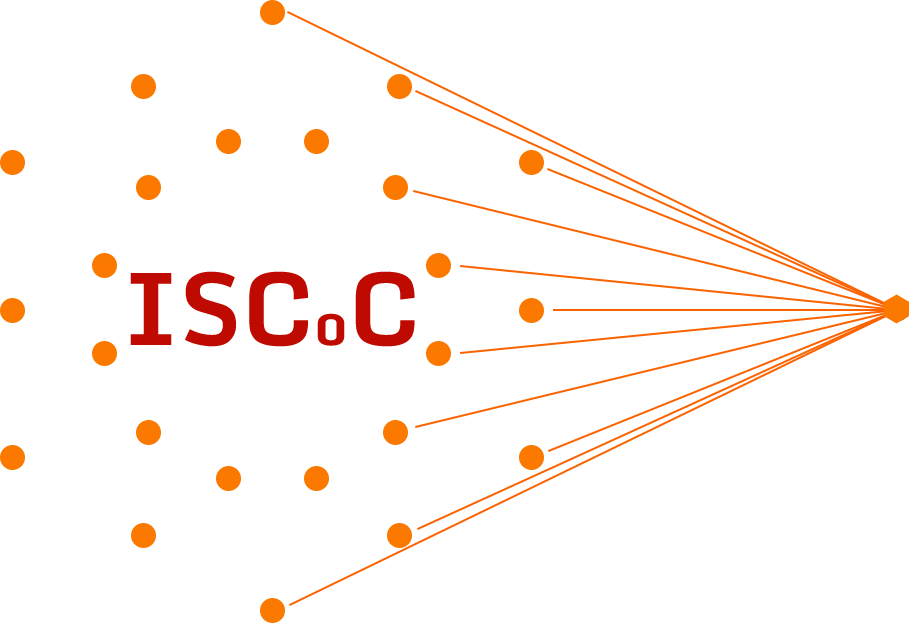International School of Crystallography - Erice

Ettore Majorana Foundation and Centre for Scientific Culture
President: Professor Antonino Zichichi
INTERNATIONAL SCHOOL of CRYSTALLOGRAPHY
Director: Sir Tom Blundell, FRS FMedSci
Cookies help us deliver our Services. By using our Services or clicking I agree, you agree to our use of cookies.
I agree cookie policy
Ettore Majorana Foundation and Centre for Scientific Culture
President: Professor Antonino Zichichi
Director: Sir Tom Blundell, FRS FMedSci
The scientific organising team consisted of Nozomi Ando (Cornell) and Andrew Goodwin (Oxford).
This course was the first Erice school on the topic and it covered the background necessary to measure and interpret diffuse scattering from disordered crystals. Its contents spanned the theory of diffraction and diffuse scattering, the practicalities of its measurement, and the many different approaches taken to its interpretation. The programme was loosely split into two strands: one with a focus on materials chemistry and physics and the other concerned mostly with protein dynamics. Collectively, the course covered the various origins of diffuse scattering, and its form in both single-crystal and powder samples. The lectures drew on and highlighted key scientific discoveries from the recent literature. In parallel to the lecture course, the course also offered a broad selection of tutorials and workshops that covered many of the key analysis approaches available. A total of 12 different workshops were offered. A number of these workshops debuted software that was written especially for this school. Lectures were held in the afternoons and covered a variety of theoretical, computational, and experimental aspects of diffuse scattering. Both biological and physical topics were presented in a single stream in order to provide students with a broad perspective of modern diffuse scattering studies. Many of the 22 presenters, in addition to contributing a lecture, also provided lecture notes or slides in manuscript form. A total of three lectures were held jointly with the High-Pressure crystallography school, which was being held in parallel. From among the roughly 70 applicants, about 60 participants (not including the presenters) were selected based on their preparation and ability to benefit from attendance. Additional participants could not be accommodated due to space limitations. The participants and presenters came a variety of different countries. Representation from some regions (e.g. Asia) was reduced as a consequence of varying international travel rules amidst the coronavirus pandemic. Women represented approximately 45% of participants and 35% of speakers. The school included two poster sessions, which ran jointly with sessions from the high-pressure crystallography schools. Both sessions were extremely well attended and included a very large number of high quality posters. All submitted posters were selected for presentation. Three poster prizes were awarded: one from the biological crystallography side (Jitschaq van der Horn (Utrecht)) and two from the physical crystallography side (Laura Junkers (Copenhagen U) & Nick Weadock (U Colorado Boulder)).
To facilitate interaction between and among the participants and presenters, the school included a rich social program. In the relaxed atmosphere, the organizers attempted to become personally acquainted with each participant. We are confident that the school initiated many long-term friendships and collaborations. Towards the end of the course, a survey was sent to all participants and speakers. This survey received 60 responses. The course was extremely well received (90/100). There was unanimous agreement that another diff
The directors
Nozomi Ando, Andrew Goodwin